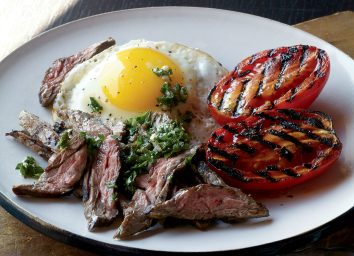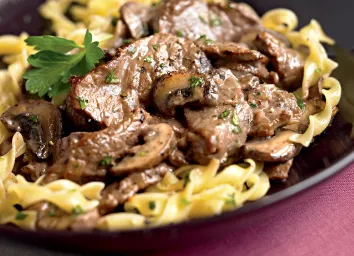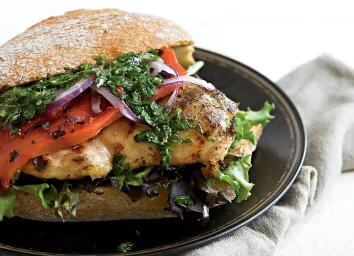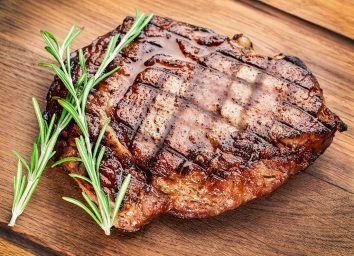Grilled Flank Steak With Chimichurri Recipe
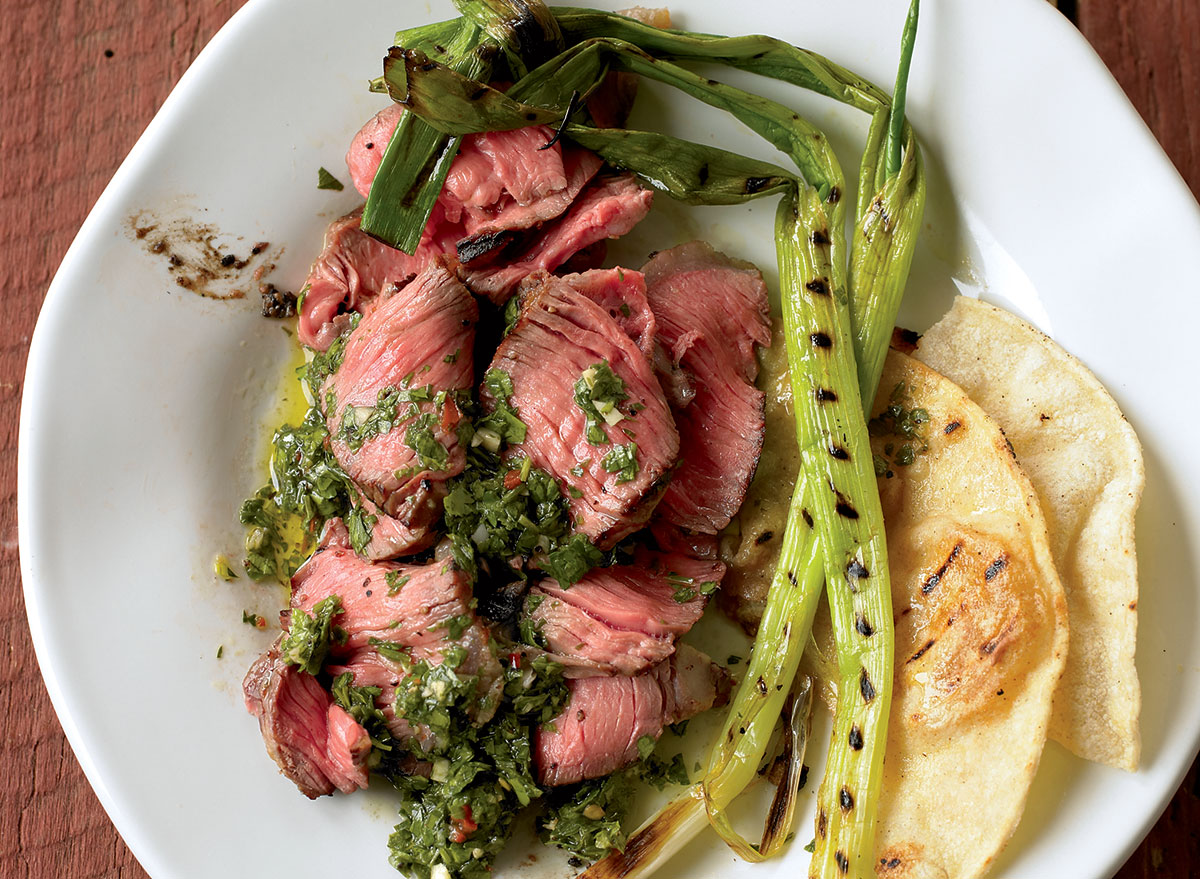
Nobody knows steak like the Argentines. Theirs is a culture reared on steer; they eat 124 pounds of beef per person annually, nearly double what our cow-crazy citizenry consumes. Given the expertise, it’s a shame that corporate chefs don’t turn to them for inspiration when it comes to beefy matters. If they did, they’d find that chimichurri— a bright herbal sauce that plays the role of steak sauce in Argentina—is one of the most delicious (not to mention healthy) condiments on the planet. Serve this flank steak recipe up with grilled scallions, pinto beans, and warm corn tortillas as a perfect replacement for fajitas.
Nutrition: 440 calories, 31 g fat (7 g saturated), 570 mg sodium
Serves 4
You’ll Need
1⁄4 cup red wine vinegar
3 tbsp water
4 cloves garlic, minced
Salt and coarsely ground black pepper
1 tsp red pepper flakes
1⁄4 cup olive oil
1 cup finely chopped fresh flat-leaf parsley
1 1⁄2 lb flank, skirt, or sirloin steak
2 bunches scallions
How to Make It
- To make the chimichurri sauce, mix the vinegar, water, garlic, 1 teaspoon salt, 1 teaspoon black pepper, and pepper flakes.
- Whisk in the oil.
- When everything’s blended, whisk in the parsley.
- Heat a grill or stovetop grill pan until hot.
- Season the steak with salt and pepper and place in on the hot grill.
- For medium-rare, cook it for 3 to 4 minutes on each side, or until an instant-read thermometer inserted into the thickest part reads 140°F
- Trim the roots from the scallions and add the entire bunch to the grill just after you’ve flipped the steak.
- Cook the scallions until they’re lightly charred, 4 to 5 minutes.
- Drizzle the steak with the chimichurri and serve with the grilled scallions.
Eat This Tip
Nutritional Upgrade
Most American cattle is raised on corn, which presents two major problems for the consumer (and even more for the cows). Not only does corn produce cows with more intra-muscular marbling (i.e., fat), it also demands the use of antibiotics to keep the cows—which aren’t naturally equipped to live on corn—from getting sick. In Argentina, most cows still live off of what they were born to eat: grass. The result is a leaner cut of beef free of antibiotics and rich in omega-3 fatty acids. You’ll pay a bit more for grass-fed beef, but if you can afford the occasional splurge, consider it a down payment on a leaner, tastier life.
This recipe (and hundreds more!) came from one of our Cook This, Not That! books. For more easy cooking ideas, you can also buy the book!
